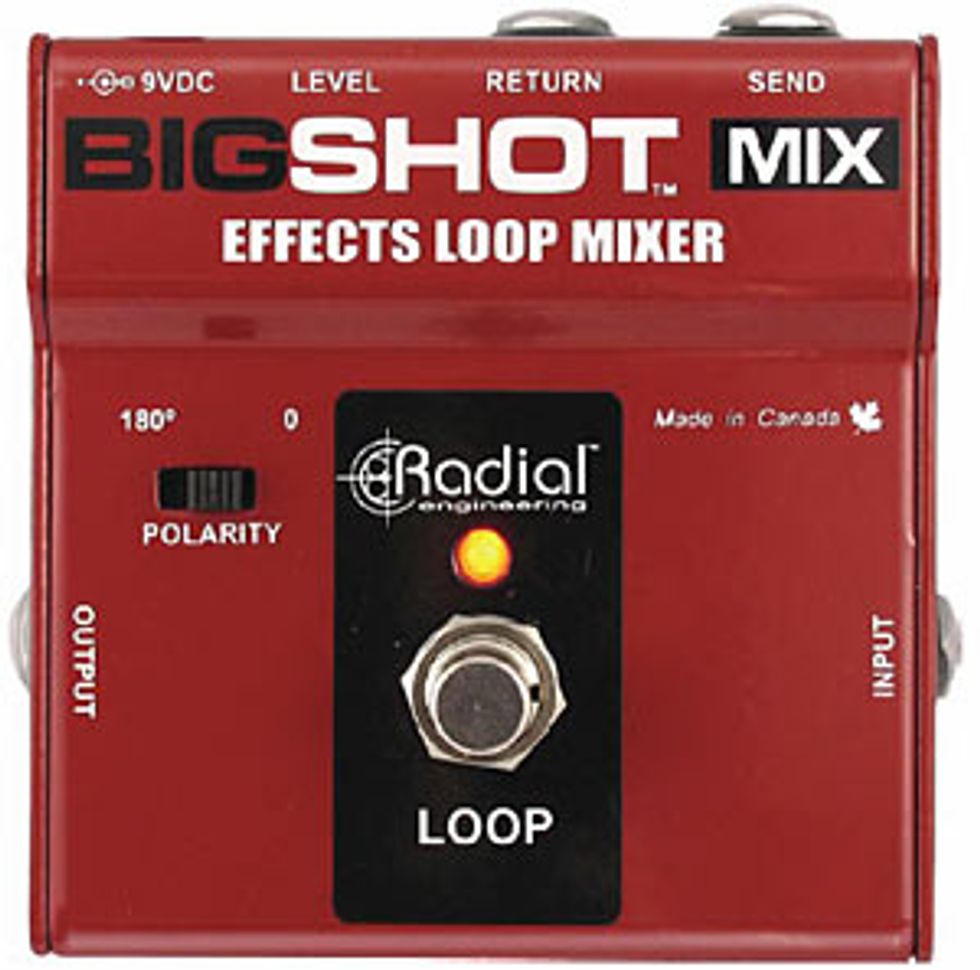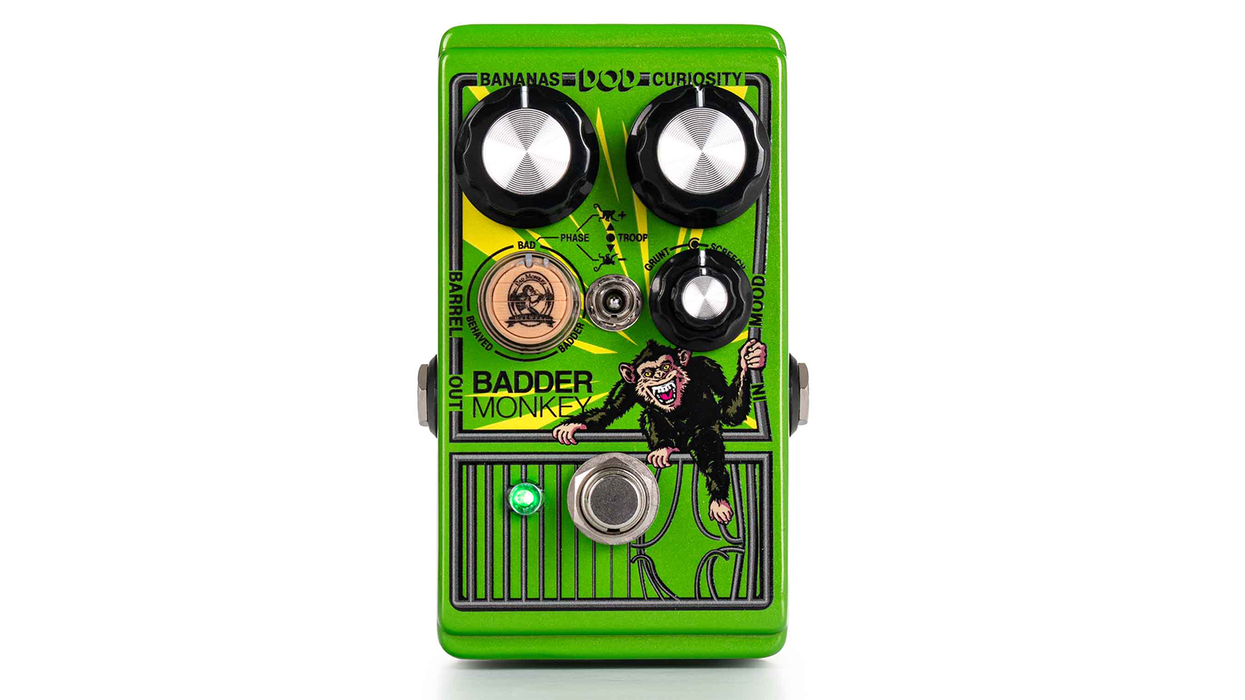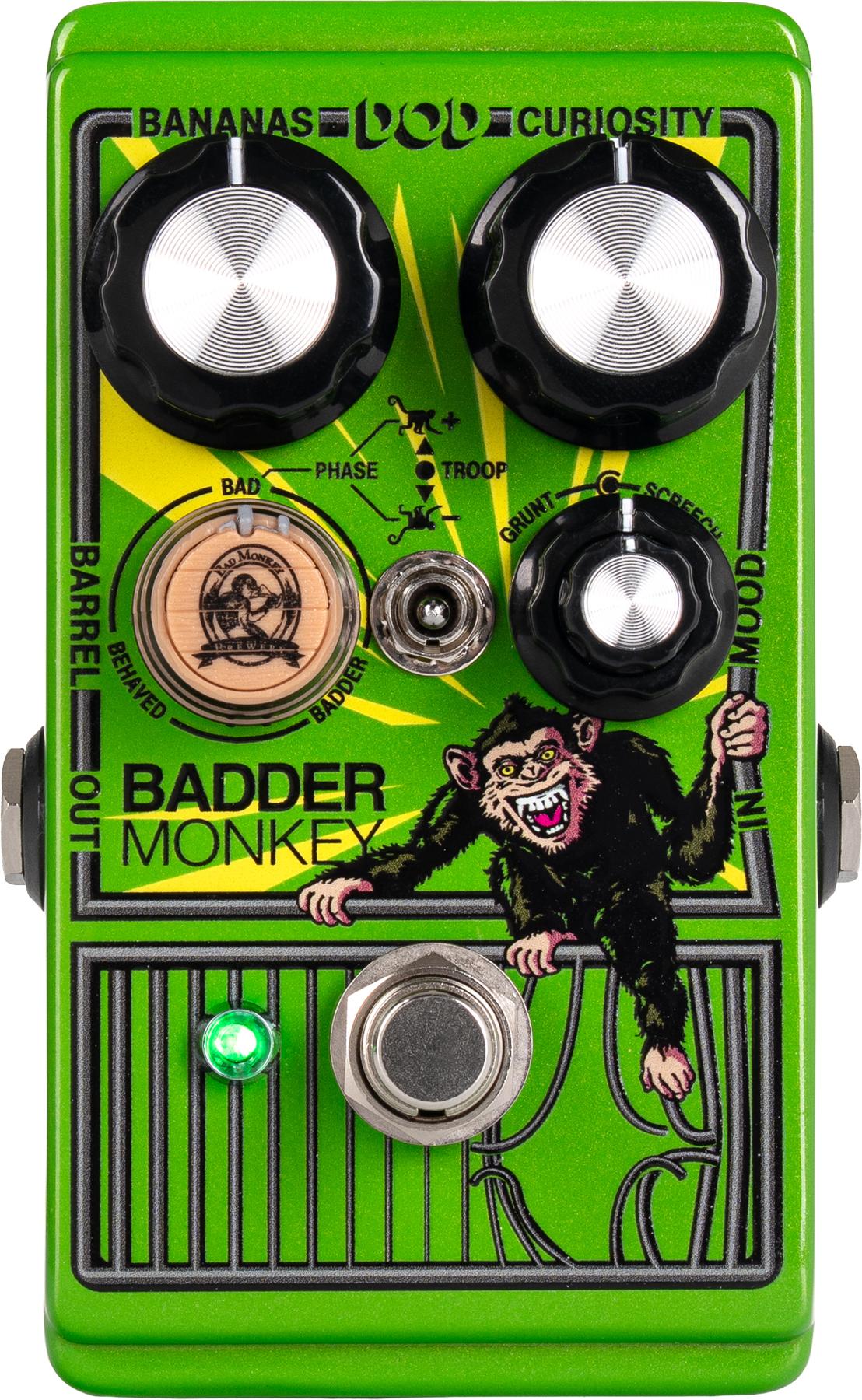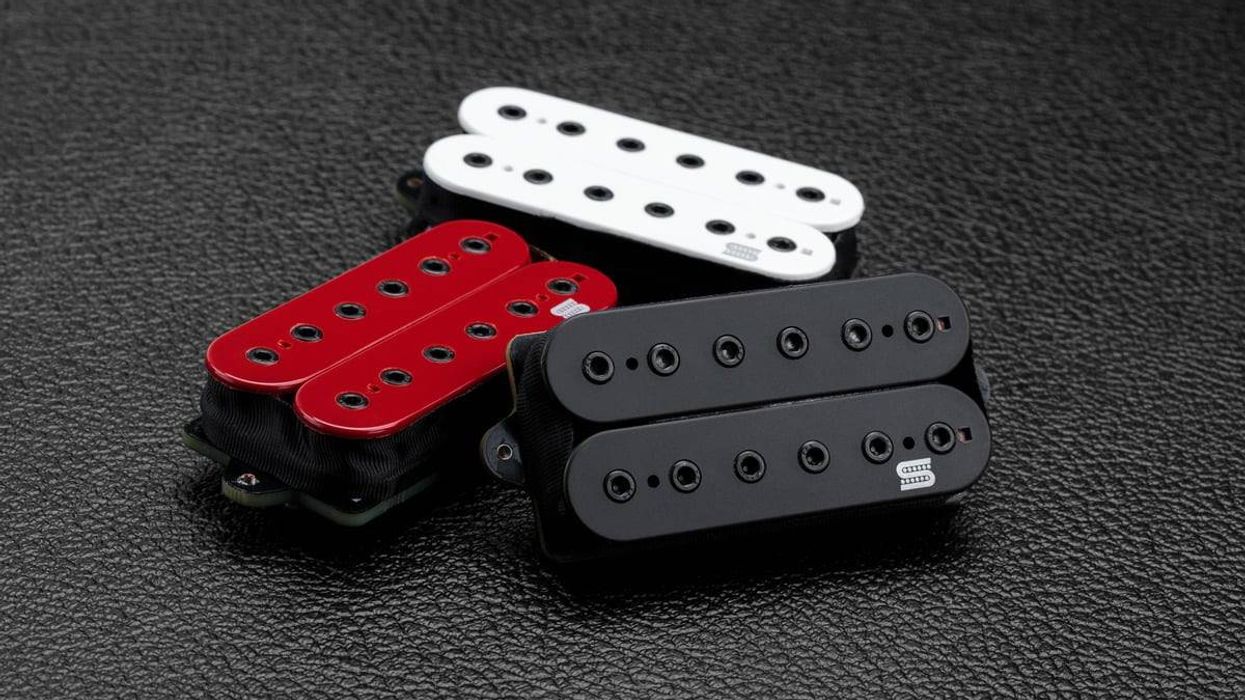 | |
|
So what is true bypass? In simple terms, it is connecting your instrument directly to your amp so the original tone of your instrument is preserved. Most pedals are not true bypass and they noticeably affect the sound of your guitar. Though you may only be using any given effect a short time during a performance, the signal is passing through the pedal the entire time, so the issue of bypass is important.
Pedals that aren’t true bypass have input buffers. The input buffer is the circuitry that drives the signal into the effect and makes it work. A buffer is a preamplifier. The battery-powered built-in preamp in an acoustic guitar is a buffer; active basses are driven with a buffer; the input to any mixer or tape recorder is buffered; and all effects pedals from wahs to fuzzes employ buffers to make them work. Turning these pedals on or off usually introduces a popping sound when the circuit is charged that can be very loud. The way around this problem is to never turn the buffer off; the pedals are buffered and therefore not true bypass. Buffers let you drive longer cables with less noise, allow you to have a tuner connected with less interaction, and generally eliminate any loading problem you have when you connect several pedals together. But, of course, the big problem is that you are no longer directly connected to your amp. Your signal is now active or buffered and invariably the buffer alters the tone of your guitar.
Try to stay calm – no need to throw away the Bufferin in your medicine cabinet. In order to decide if your pedalboard needs bypass surgery, you will need to listen to your pedals one at a time. Test each pedal individually, using the same exact setup each time – the same guitar and amp with the knobs set at the same levels. More than one effect in the chain could give you false results. Disconnect the power for each pedal and see if the guitar signal passes through the pedal when the effect is off. Make sure you toggle the on/off footswitch so that it is set to off or bypass. What you’ll inevitably find out is devices like tuners will immediately load down your signal and thin out the tone. When you get to your chorus, delay, or reverb, you will discover these are most likely buffered and not true bypass.
So now that you want to get your tone healthy again and have decided to go ahead with the surgery, what’s next? Start by adding one or two high-quality (but not expensive) true bypass loop pedals to your rig. Most guitar stores will have a few choices and they are easy to find online, as well. These small true bypass loopers fit in the tightest of pedalboards and will give you a dramatic improvement in tone. Kick it in when you aren’t using your effects and lo and behold – no drain, just gain! Your tone health is restored, and without a strict exercise regimen.
There is a caveat for players who use long cables and lots of pedals; there can be problems using true bypass loopers in these circumstances. If a 20’ guitar cable is plugged into ten pedals, each linked by a 2’ cable, and then run into an amp by a 30’ cable, the total length of guitar output would be upwards of 50-70 feet with true bypass. This could cause a significant loss of tone and signal level, particularly if the guitar is a vintage type with low output and high impedance pickups. Keep this in mind when weighing what works best for your particular tone.
We all love our guitars and want them to keep breathing, crying, barking and spitting. The way our guitars react to the circuits we put them through is what completes our sound. So of course, in the end, what really matters is that you are happy with the sound. Use your ears, make your own decisions based on the sound and don’t get caught up in any hype. After all, Jimi Hendrix did very nicely without true bypass.
Rick Wheeler
Rick Wheeler currently works as Larry Carlton’s guitar tech and front of house engineer. He is also an accomplished jazz guitarist, vocalist, and educator. You can contact Rick at rickwheeler@hughes.net






![Rig Rundown: Russian Circles’ Mike Sullivan [2025]](https://www.premierguitar.com/media-library/youtube.jpg?id=62303631&width=1245&height=700&quality=70&coordinates=0%2C0%2C0%2C0)

















